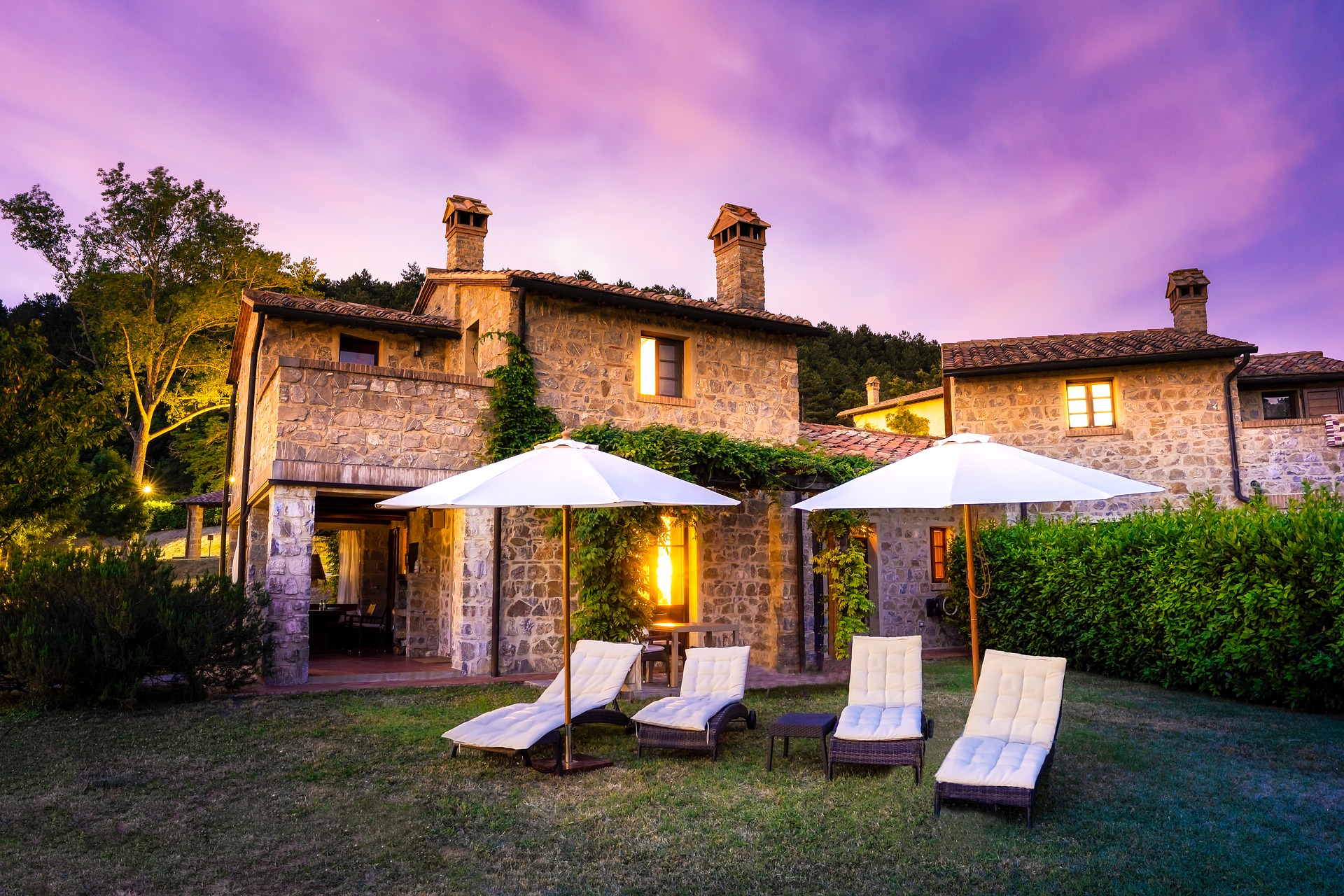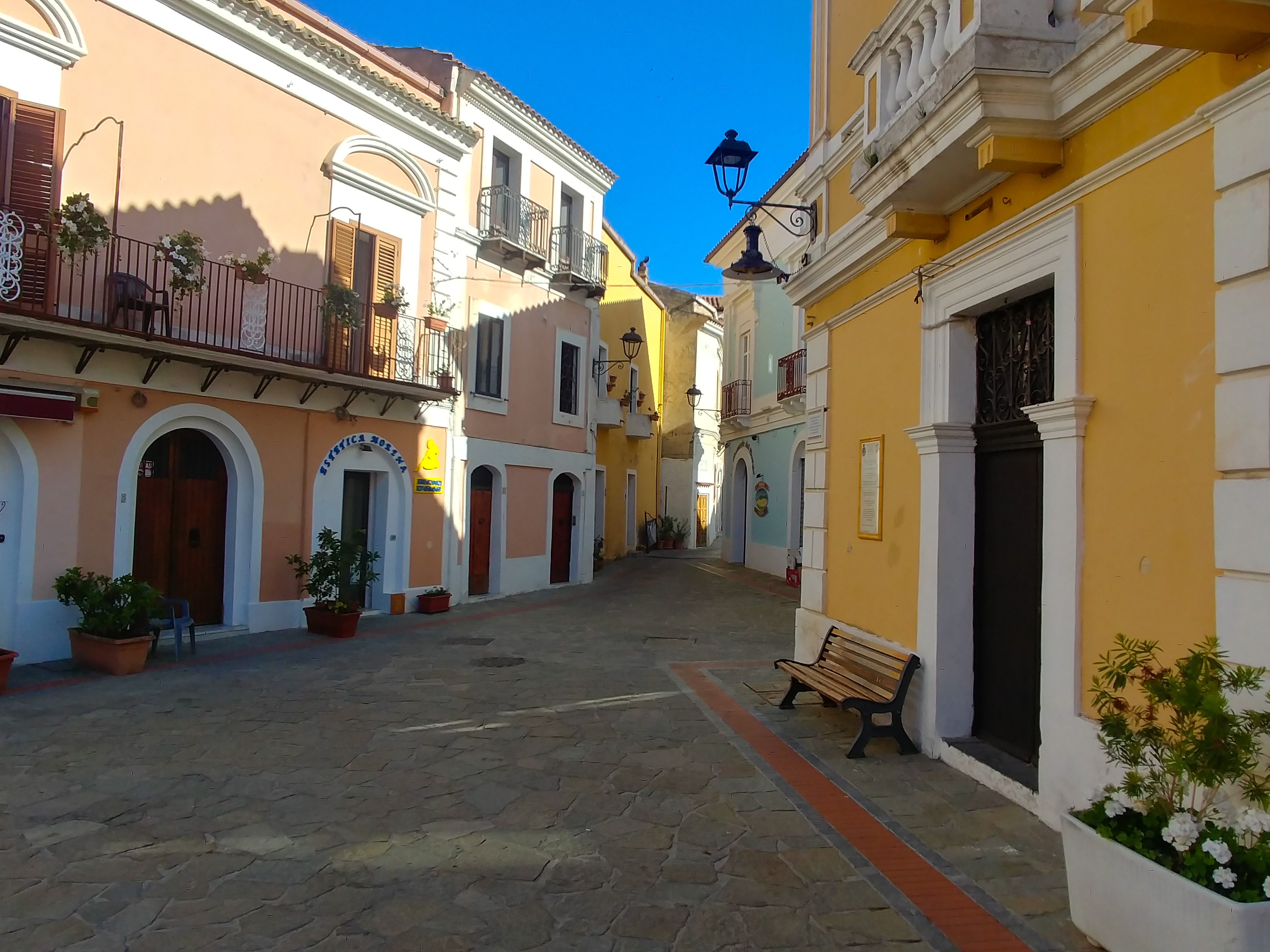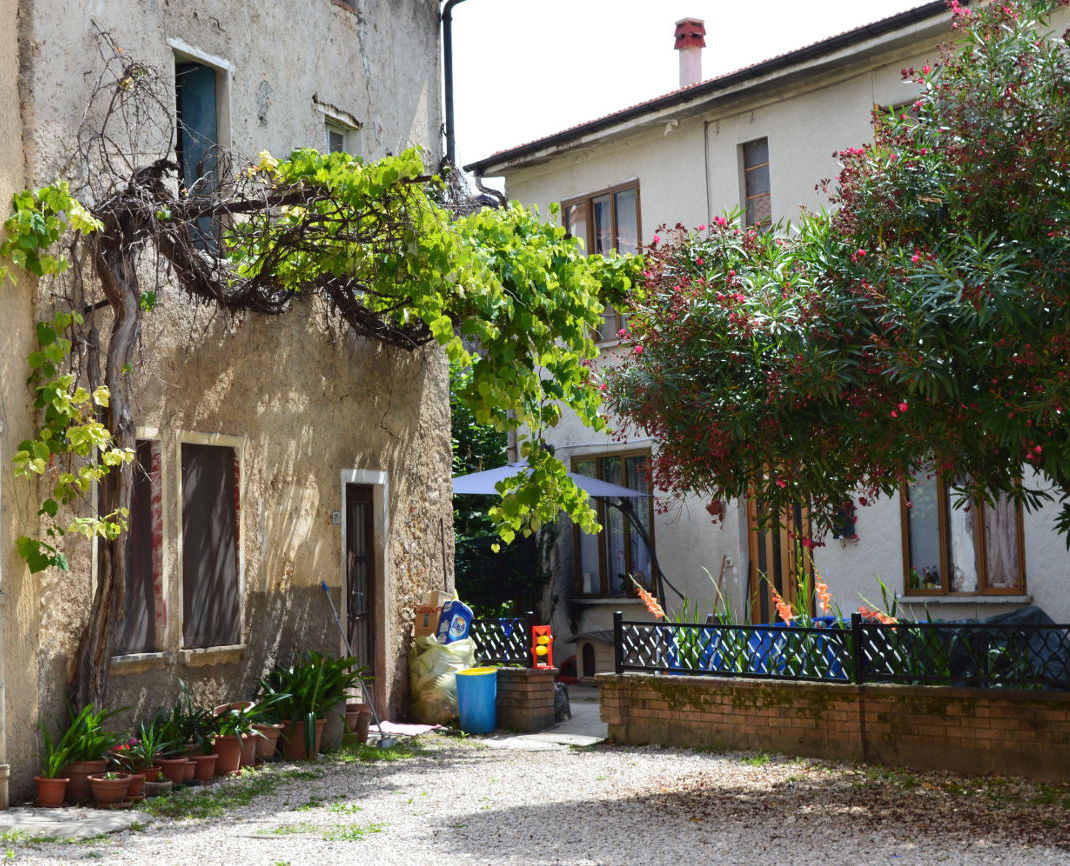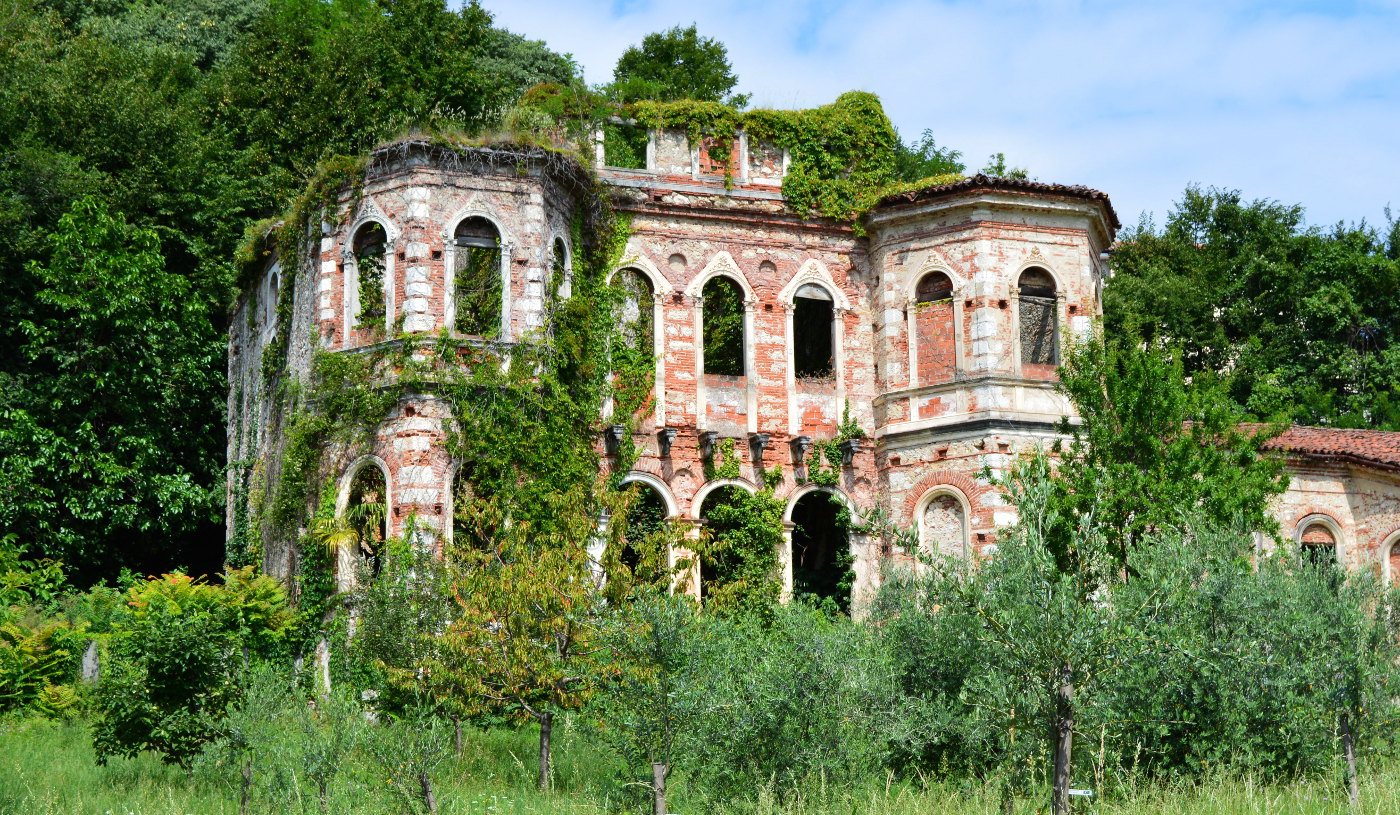Discovering
Italy Through Its Homes

This guest article was shared with us by Alessandro Rosa. Alessandro brings over twenty-seven years of experience to the Italian real estate market, specializing in properties with unique stories—from timeless estates to charming vintage homes across many regions of Italy. Much like dedicated buyer's agents in the U.S., Alessandro works exclusively with one client at a time to ensure objective, conflict-free advice, mirroring the personalized service expected in the States. For more insights and personalized service, visit rosapropertyconsulting.com.
If you're considering purchasing a home in Italy, whether as a seasonal retreat to enjoy for a few months each year or as a more permanent relocation from your home country, you likely have a deep appreciation for this stunning and multifaceted country. If you've been captivated by the engaging stories shared by Maria and Andrew, you're probably already enchanted by Italy’s exquisite cuisine, its fine wines, and the dramatic variety of landscapes that transition from lush pastures to sun-kissed beaches within just a few kilometers. And, of course, you're no stranger to Italy's rich architectural and artistic heritage. That’s what I’d like to delve into with you today.
Buying a home in Italy—a piece of its real estate—also means acquiring a part, big or small, of its historical and cultural legacy, including its artistic and anthropological history. In my work, I primarily deal with old homes, whether by listing them for sale or visiting them on behalf of international buyers seeking my objective expertise before making the trip to see them. These homes almost always have stories to tell—homes with histories, still showcasing architectural elements from the past, sometimes already preserved, and sometimes waiting to be rediscovered.
What
Defines a Historic Home?

Many clients ask me two questions: First, how old does a house have to be to be considered "historic"? And second, what's the difference between a historic house, a period home, and just an old house?
Each country has its own way of viewing these distinctions. In the United States, for example, a house typically isn’t considered "historic" until it's at least fifty years old. But there’s also the idea of a "significant house," where a property keeps much of its original materials and character intact. I believe it’s crucial to look beyond age alone. In Italy, things are a little different. Over 40% of the real estate in Italy is more than sixty years old, so age alone doesn’t make a house historic.
To truly qualify as a historic home, the past needs to be clearly visible in the architectural elements, which should be preserved and ideally highlighted.
A home from the early 1900s that has been completely changed over the years can’t really be called historic—it’s more accurately an "old house." The terms "historic" and "old" aren’t interchangeable, and I often use "old house" without any negative implication.
Changing
Tastes: Old Homes and New Perspectives

As the 20th century unfolded, Italy’s architectural style shifted significantly. The Liberty style, popular from the late 1800s to the 1930s, gave birth to elegant homes—villas and cottages that are still highly coveted in today’s real estate market.
Next came the Rationalist style from the Fascist era. Over the past decade, I’ve seen a noticeable shift in buyer preferences. Where they once avoided homes from this period, many now admire the clean, simple lines of the facades and the practical, functional spaces inside. While these buildings may not be "ancient," they unquestionably belong in the category of historic homes.
For me, an old house is one that requires a bit of love and attention to reveal its architectural beauty. These homes often come with immense potential, usually offered at more accessible prices. They need a visionary owner who can strip away what doesn’t belong and embrace the imperfections that give the home its character. These houses never go out of style—they were never part of a fleeting trend in the first place. Their charm lies in their authenticity, imperfections and all.
Restoring
the Soul of an Old Home

Many homes from the 18th and 19th centuries were built on top of even older structures, often preserving an entire floor or certain architectural details that speak to the centuries they’ve witnessed. By looking closely at the materials, you can often uncover the history of the renovations that have taken place over the years. In many cases, it’s simply a matter of peeling back what’s been added to rediscover the home’s true essence.
In my view, the materials used between the 1960s and 1980s—small ceramic tiles in various shades of brown, green, and ochre—tend to be the least appealing. However, "vintage" doesn’t have to mean unappealing. When blended harmoniously with the rest of the home, vintage elements can even add charm.
Unfortunately, many of these materials were laid over stunning original flooring, like terracotta tiles, polychrome cement tiles, or Venetian terrazzo.
Bringing back these original floors is often less expensive than you might think, and the payoff is well worth it.
The same goes for old wooden beams hidden behind plasterboard ceilings installed to hide old wooden beams or to accommodate what were then considered “modern” neon lights and other temporary features of their time.
Ultimately, if the structure of the building is solid and old, it’s absolutely worth serious consideration. It’s about seeing beyond the surface and investing the effort to restore the home’s original beauty.
Why an Old Home Never Goes Out of Style

As I’ve said before, an ancient house never goes out of style. Stone walls and wooden-beamed ceilings are truly timeless. Sure, old houses come with their quirks (I’ve yet to find one that doesn’t), but the joy of living in such a space easily outweighs any imperfections. And living in an ancient house doesn’t mean you’re stuck wandering around by candlelight or waking up at the crack of dawn to stoke the fireplace.
Every element from the past can be beautifully enhanced by blending it with modern comforts and a contemporary style. With a touch of creativity—and perhaps the guidance of a skilled architect—you can find endless ways to bring out the best in these homes, whatever your personal taste.
I’ll leave you with a famous quote from Mark Twain, originally about land but just as fitting for old houses: “If you can, buy an old house. They’re not making them anymore!”
In conclusion, the charm of Italy's historic homes goes beyond mere aesthetics; these properties are treasures of cultural and architectural heritage. They are true bridges to the past, where old and new owners meet. Owning such a home is not just an investment in real estate but an investment in history and beauty, timeless today as ever—truly, they’re not making them anymore!
If you enjoy my site, I'd love your support.
All you need to do is book your accommodation via this link or any of the other hotel links on the website. Whether it's for travel to Italy... or anywhere else on earth, your support means the world to us.
You'll get the best deal available, and the income helps us stay independent and keep bringing you the best of Italy.
- HOME
- Property in Italy
- Buying an Old Italian House










New! Comments
Have your say about what you just read! Leave me a comment in the box below.